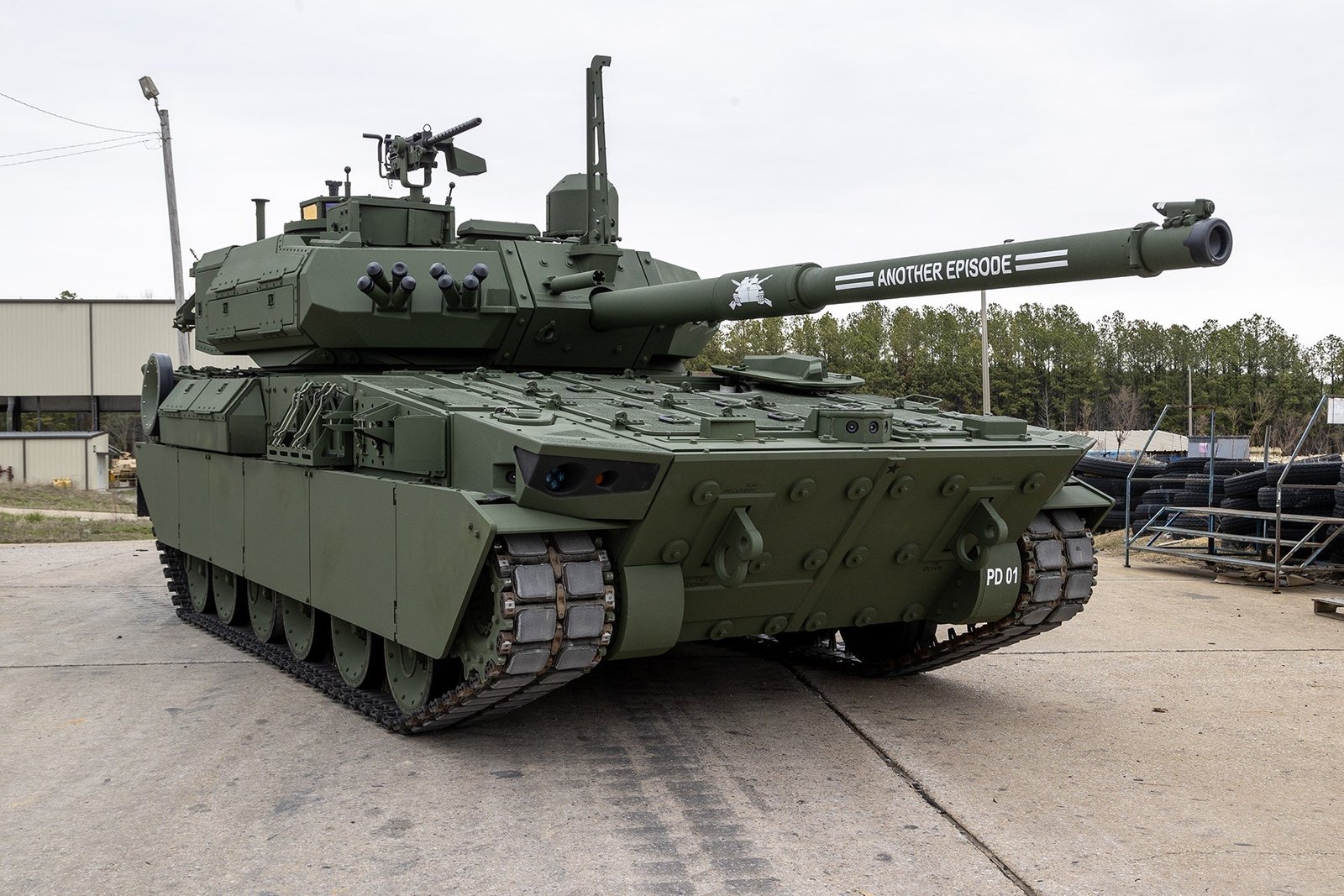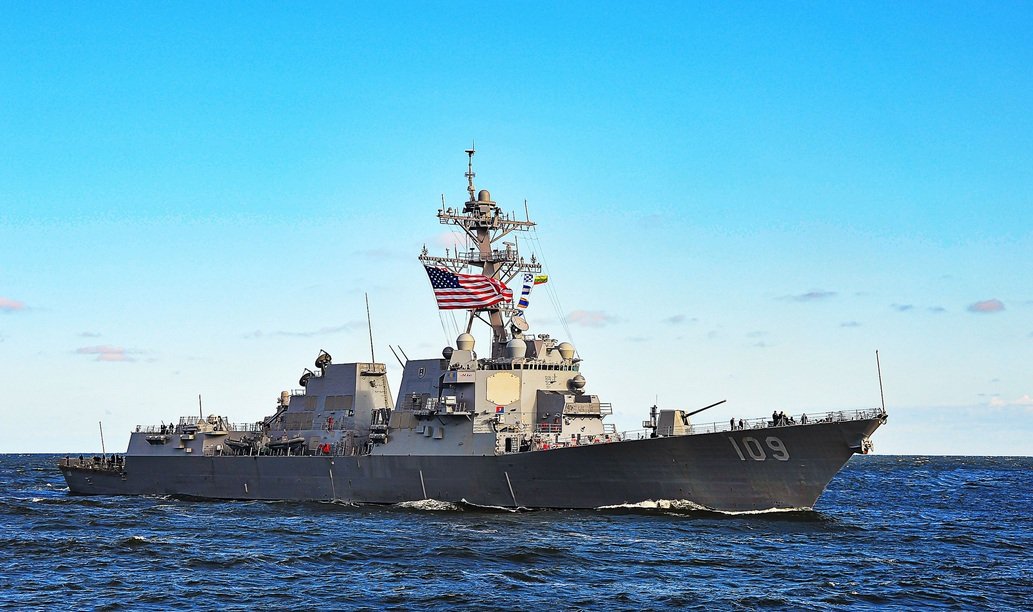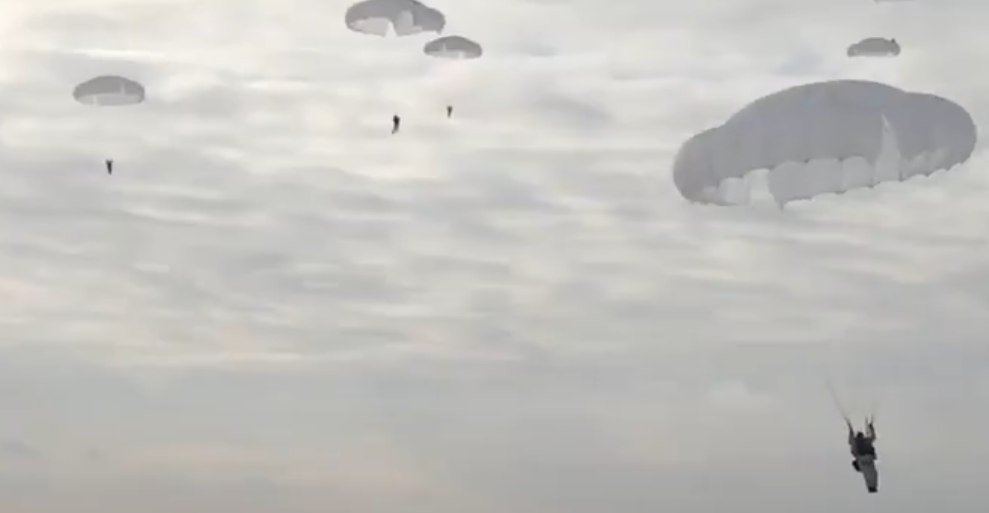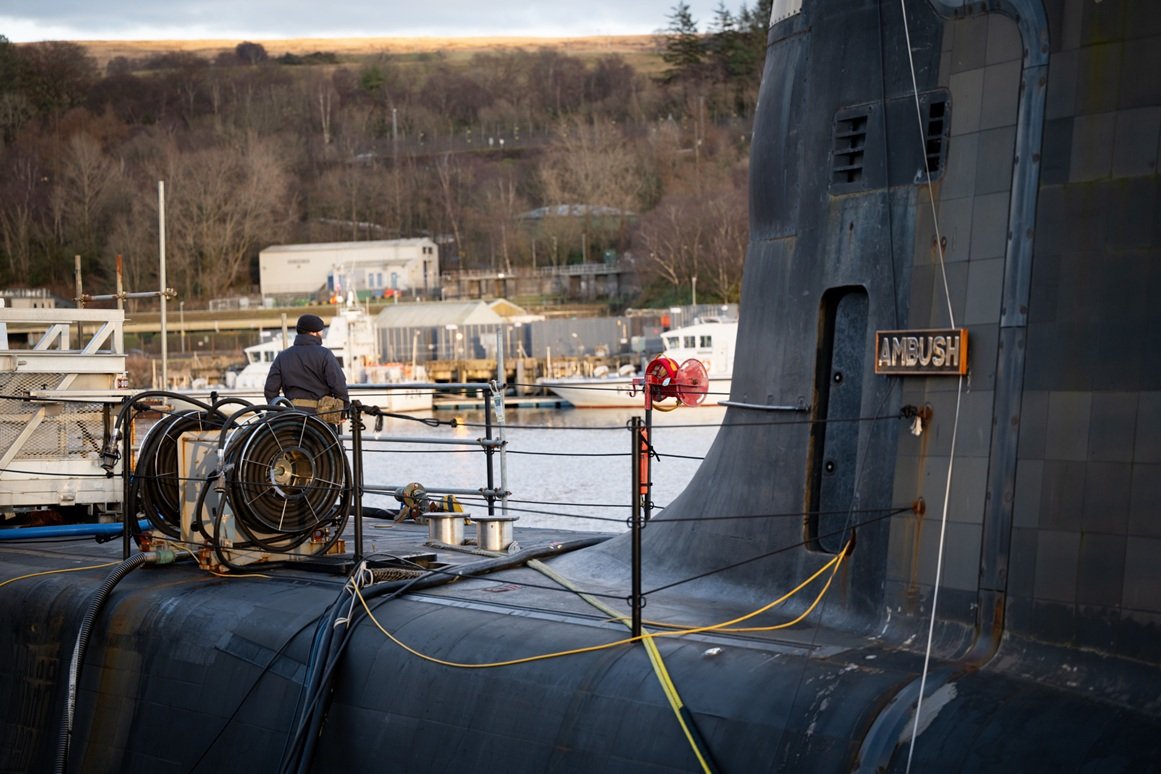
Tank Destroyers in the 21st Century: History, Challenges, and the Future
Although many armies phased out tank destroyers in the 1980s and 1990s, the idea of a vehicle designed primarily to destroy enemy tanks never completely disappeared. With the gradual miniaturization of technology, the rise of asymmetric conflicts, and the search for cheaper alternatives to MBTs, the concept of the tank destroyer began to re-emerge – albeit in a different form and in different forms across states and conflicts.
Historical context and role of tank destroyers
Tank destroyers, as a specialized class of combat vehicles, emerged in the period between the world wars, but their peak of operational use came during World War II. During this period, they served as a cheaper and more effective alternative to tanks, primarily in a defensive role against enemy armored vehicles. Structurally, these were often vehicles with a powerful cannon mounted on the chassis of another combat vehicle, with limited turret mobility or no turret at all, which reduced costs and simplified production. After the war, and especially during the Cold War, the importance of tank destroyers gradually faded. The reason was the advent of main battle tanks (MBTs), which combined mobility, firepower and protection into a single universal platform. MBTs replaced the need for separate anti-tank vehicles, as they could fight other tanks and support infantry or other specialized vehicles. At the same time, new threats appeared, such as helicopters and guided missiles, which changed the nature of the battlefield.
At the beginning of the 21st century, armed forces began to face conflicts that had the character of asymmetric warfare. In such conflicts, there was often no classic opponent with heavy armored vehicles, and yet there was a need to neutralize armored targets using mobile, light and economically available means. In some armies, a category of vehicles has emerged that is somewhere between armored personnel carriers, reconnaissance vehicles and tank destroyers. Examples include the Italian Centauro, the French AMX-10RC or the American Stryker program with the Javelin ATGM. These platforms perform multi-purpose tasks, but the ability to fight tanks is still considered key. Developments show that even in the era of MBT dominance, the idea of a “tank hunter” has its justification – albeit in a new guise.
Tank destroyers versus MBT – complement or replacement?
The debate about whether tank destroyers can replace main battle tanks in the future is present especially in armies that face budgetary constraints or prefer expeditionary capabilities. Wheeled vehicles offer the possibility of rapid movement, lower logistical requirements and deployment in modern conflict scenarios – which makes them attractive. However, their use has its limits, especially against opponents with advanced armored formations. MBTs are designed to withstand engagement and at the same time conduct offensive operations in all weather conditions and in any environment. Their firepower, optical and sensory equipment, active defense systems and durability predetermine them for the role of the “backbone force” of the mechanized battlefield. Tank destroyers appear next to them as a cheaper means of support operations, interventions from depth or rapid reactions in an asymmetric environment. They are not intended to replace tanks in a frontal attack, but rather to supplement them. In the reality of the modern battlefield, synergy is increasingly occurring – the deployment of heavy armored forces (MBTs) is supplemented by light and medium units with tank destroyers, with each type fulfilling a different role within the framework of complex tactics. The tank destroyer in the 21st century is not a competitor to the tank, but part of a much broader system that ensures superiority in various types of combat. In the context of the development of unmanned systems and smart missiles, however, the tank may even temporarily recede into the background in some scenarios.
Overview of current tank destroyers in the world’s armies
Across the world’s armies, we find a wide range of tank destroyers that differ in design, armament and deployment philosophy. Among the most famous Western types is the American M1134 Stryker ATGM, armed with the TOW-2 ATGM, which is part of brigade combat teams and offers high mobility and solid protection. Germany operates the Fennek light wheeled vehicle and the Boxer multi-purpose platform, including a variant with the Spike-LR2 ATGM. As part of the modernization of the Bundeswehr, the development of a new generation of specialized anti-tank vehicles is being considered, for example, as part of the “Panzerabwehrfahrzeug neu” project. Israel is focusing on hybrid solutions, such as the camouflaged Pereh tank destroyer, which carries up to 12 Spike guided missiles and disguises itself as a classic tank, thereby deceiving the enemy. However, the newer generation of Israeli vehicles is moving towards smaller, more mobile and unmanned solutions. Poland is developing its own Wilk vehicle, which combines the Rosomak chassis with the Israeli Spike-LR system, while there is also discussion of a heavier variant based on the KTO Rosomak XP chassis. France and Italy continue to rely on mobile wheeled vehicles with light anti-tank weapons, such as the VBL with the Milan, or the Freccia ATGM.

Most European armies are moving towards modular, wheeled and networked systems, often prepared for the integration of unmanned elements and drones. In the East, Russia continues to modernize and deploy specialized self-propelled anti-tank systems. It still actively uses older but modernized platforms such as the 9P149 Shturm-S and its improved Shturm-SM variant, armed with Ataka missiles. Alongside them, it is deploying newer 9P157-2 Chrysanthemum-S systems, capable of firing in all weather conditions thanks to dual (radar and laser) guidance. Modernization has also affected vehicles on the BMP-3 chassis, such as the 9P163M-1 Kornet-T and especially the 9P163-3 Kornet-D, which allow the simultaneous firing of multiple missiles and are capable of overcoming the active defenses of modern tanks. The 2S25 Sprut-SD, a light tank with a 125 mm cannon designed for airborne units, combining high mobility with effective anti-tank power, remains a significant type. The planned successor, the Sprut-SDM1, is still in the testing phase and has the potential to become the standard for Russian paratroopers.
China operates vehicles such as the PTL-02, a wheeled cannon tank destroyer. It is also developing various variants of unmanned or semi-unmanned missile platforms on wheeled and tracked chassis. Other users include South Korea with the K21-105 vehicle, Turkey with the FNSS Kaplan STA, or Indonesia, which integrates Spike-LR anti-tank missiles on licensed Pandur IIs. Older systems, such as the M901 ITV or light equipment with mounted ATGMs (e.g. the Iranian Toophan or the Chinese HJ-8), still persist in many countries in Africa, Asia and the Middle East. Improvised platforms are also common in these regions, often used by non-state actors, reflecting the growing availability of precision anti-tank weapons outside of regular armies. Overall, it can be stated that the world’s armies are gradually moving from heavy, cannon-armed fighters to lighter, missile-armed and increasingly unmanned systems that emphasize speed, stealth, digital connectivity and the ability to cooperate with airborne and robotic sensors.
The unmanned future
Unmanned tank destroyers represent one of the most progressive visions of the current battlefield. Although their mass deployment has not yet come, many armies are actively developing and testing remotely controlled or partially autonomous anti-tank weapons. This development has seen significant progress not only in military great powers, but also in medium-sized states, which see these technologies as a tool for asymmetric dominance. Pioneers include Russia with the Uran-9 vehicle, the United States with the RCV-Medium and RCV-Light platforms, Israel with the operationally deployed Jaguar robotic vehicle and the Robattle concept, or Turkey, which is developing vehicles such as the Kaplan or Barkan. All of these systems allow for the integration of modern anti-tank guided missiles (ATGMs) such as the Spike, Kornet or Javelin.
The main advantage of these systems is the elimination of risk to the human crew. An unmanned tank destroyer can be deployed on exposed sections of the front, hidden in the terrain or operating from a safe distance under the supervision of an operator. Thanks to the connection with reconnaissance drones and sensor networks, these assets can be included in the so-called “kill chain”, i.e. the chain of detection, evaluation and elimination of the target. This concept allows for the creation of a “dispersed defense” – a network of smaller, mobile and interconnected systems capable of quickly responding to attempts at armored breakthroughs. Systems of this type are no longer exclusively the domain of experimental programs, but are also appearing in practical deployments, such as the Israeli patrolling of the Gaza border using Jaguar vehicles.

However, the development of unmanned anti-tank systems faces a number of obstacles. In addition to technological limits – such as dependence on a stable data connection, susceptibility to electronic interference or complex logistics – legal and ethical questions also persist. Fully autonomous systems that would independently decide on the use of lethal force remain controversial in the field of international law. Debates about the so-called LAWS (lethal autonomous weapon systems) show that unmanned tank destroyers represent the future, but the current reality is more of a testing and development one. Nevertheless, a clear trend is emerging: instead of heavy, manned fighters with cannon armament, we will witness the emergence of light, networked and algorithmically controlled platforms, the effectiveness of which will depend more on software than on armor.
Future prospects
A tank destroyer in the 21st century is no longer just a simple gun on a chassis, but a dynamically developing concept that reflects changes in technology, tactics and the nature of war. Although it has lost its exclusivity from the Second World War, when it was supposed to form a separate class of combat equipment, it has found a new place – as a flexible and cost-effective tool for destroying heavy armored vehicles, often with greater accuracy and lower risk. The role of these systems will grow with the continued development of artificial intelligence, drone swarms and electronic warfare systems. The ability to hit a target before it is even seen is coming to the fore – and it is in this space that modern tank destroyers will have their firm place. This is not just about physical platforms, but about the entire operational concept of “anti-armor warfare”, which is interconnected with cyberspace, satellite navigation and cloud command. Whether tank destroyers will fully replace conventional tanks in the future remains an open question – but their co-existence within a “combat ecosystem” is more likely. In asymmetric conflicts, expeditionary missions or defense against invasion, a well-designed and properly used tank destroyer can decide a battle as effectively as an expensive tank – and sometimes more effectively.


Erik Simon


















